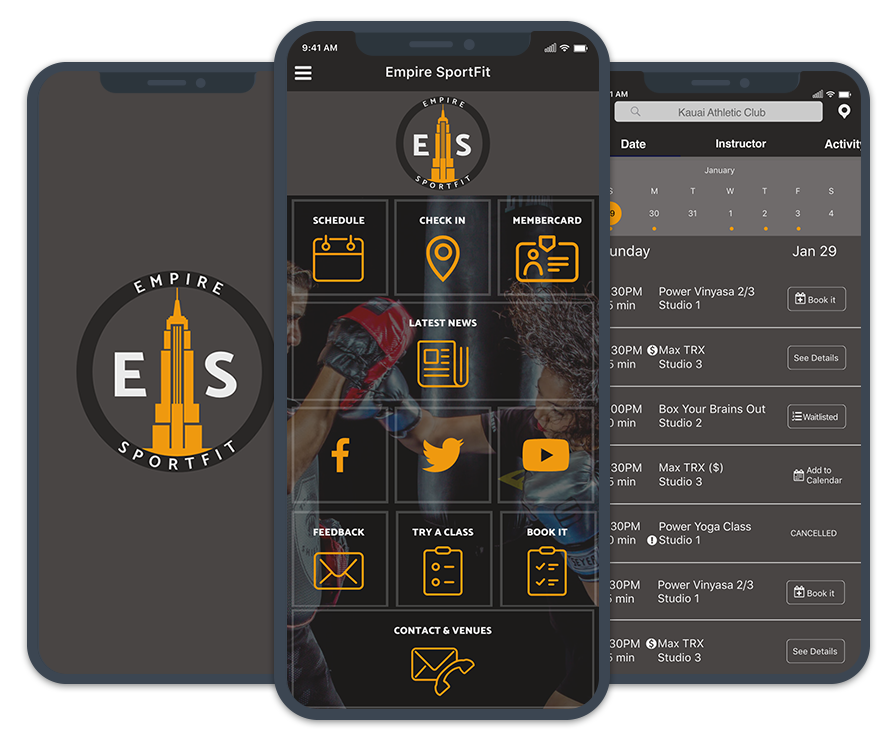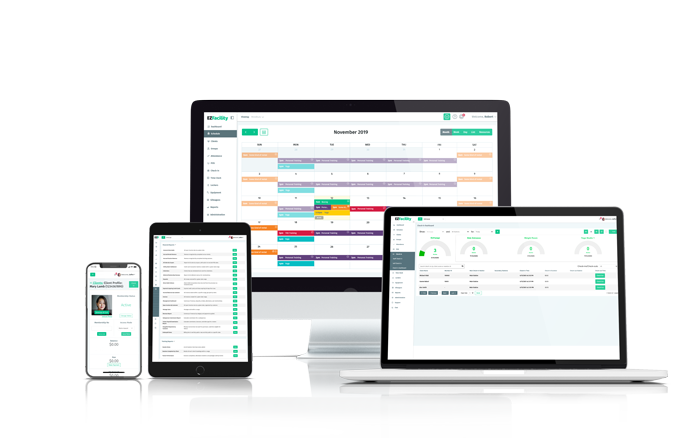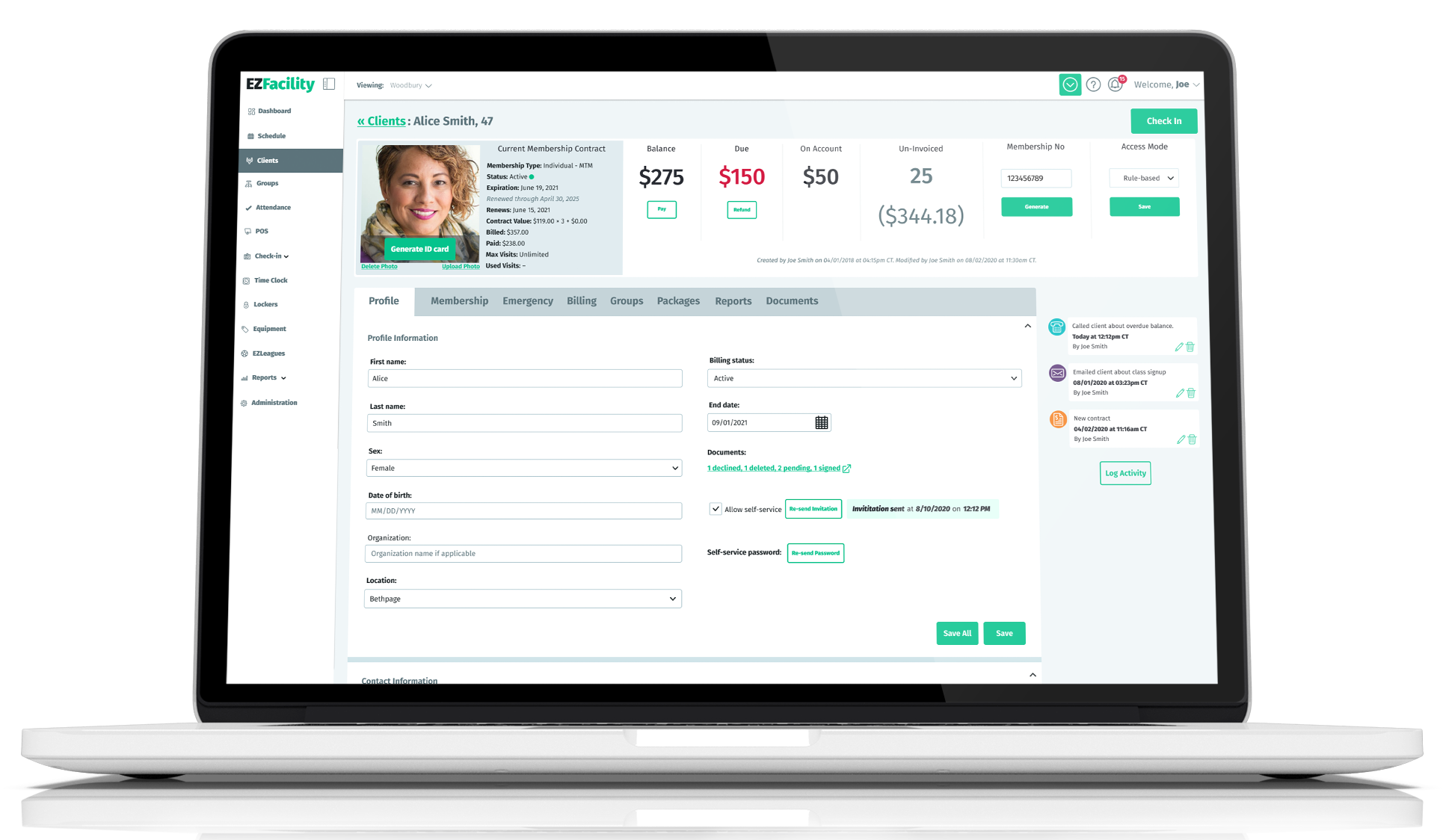The average person has about 40 apps on their phone, comprising everything from banking to video games. More and more, people expect to be able to manage their days using self-service functions of phone apps. Providing a mobile app for your members is not only convenient for them, but provides a crucial avenue to build client retention for your fitness business.
Why Apps Work
In the tech world, companies try to make their products more “sticky;” in other words, how do you make a customer keep using your product and make it so integral to their life that they won’t want to cancel? Apps are often one of the top ways product teams try to engage customers and extend their time as customers.
There are a few different ways that apps achieve company growth and retention goals:
1. Apps help you stay connected
It’s harder and harder to get in front of your customers – whether it’s through email, mail, or social media. But apps can help you stay connected by sending relevant push notifications. Consider using pushes to remind members that they have an upcoming class or to prompt them to sign up for a personal training session.
2. Apps help people save time
Think about the times when you get an email which tells you to go to a website, where you need to remember a password and then verify your identity on another app. It makes you want to never log in again, right? Compare that to the experience of opening an app you know well – a couple of taps later, and you’re able to do what you need to.
In addition to the simplicity, apps also offer a level of convenience you won’t get elsewhere. You give members the ability to check gym hours while waiting in the line at the grocery store. By making client engagement quick and easy, you’re more likely to have those clients engage!
3. Apps give you more opportunities
When you implement an app, you also get access to a wealth of data about your members. You’ll be able to see who is using the app and who is making purchases. You can use this information to fuel your outreach and try to engage people who haven’t been visiting or ask common gym-goers for referrals.
How to Stand Out
One report found that there are over 70,000 fitness apps worldwide. That makes launching your own branded mobile app really overwhelming. But, good news: you aren’t trying to compete with FitBit or any other app in the app store.
The key is to remember that your app is a helpful tool in your client management toolkit. Your goal is to get existing and new members to adopt and use the app, and not to have people find your app and then join the gym.
Publicize your app on social media, on your website, and in your emails. When you link to your apps, don’t forget to include the specific link to the Google Play Store; don’t assume everyone’s on Apple. And when you’re onboarding a new member, guide them through the process and help them to download the app while they’re with you. It’ll be worth it to keep your members coming back.
How to Get Custom a Branded App
It’s clear that implementing an app for your business can not only aid in growing your business but also improve client satisfaction. So, what’s next? Your gym membership software may provide custom branded apps that integrate seamlessly with your other gym management tools. When they all speak to each other, it makes it easy to schedule classes, manage members, and handle purchases and billing.
























